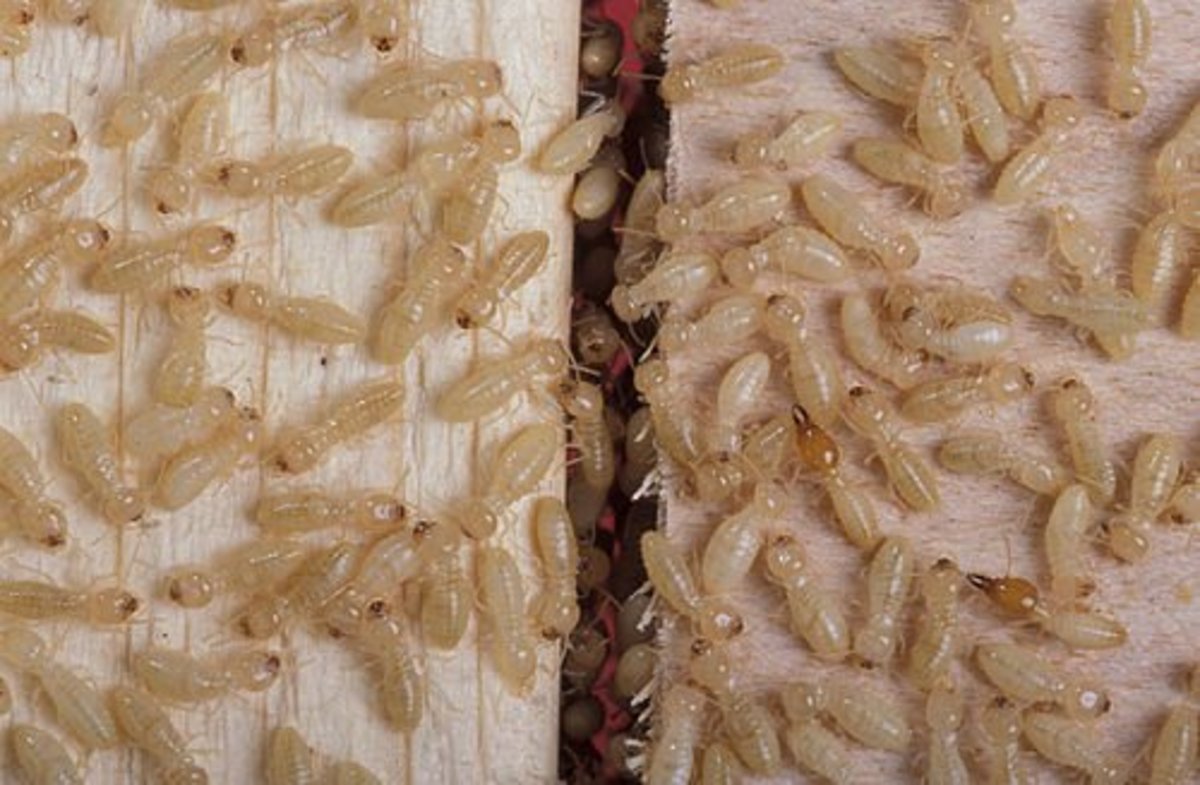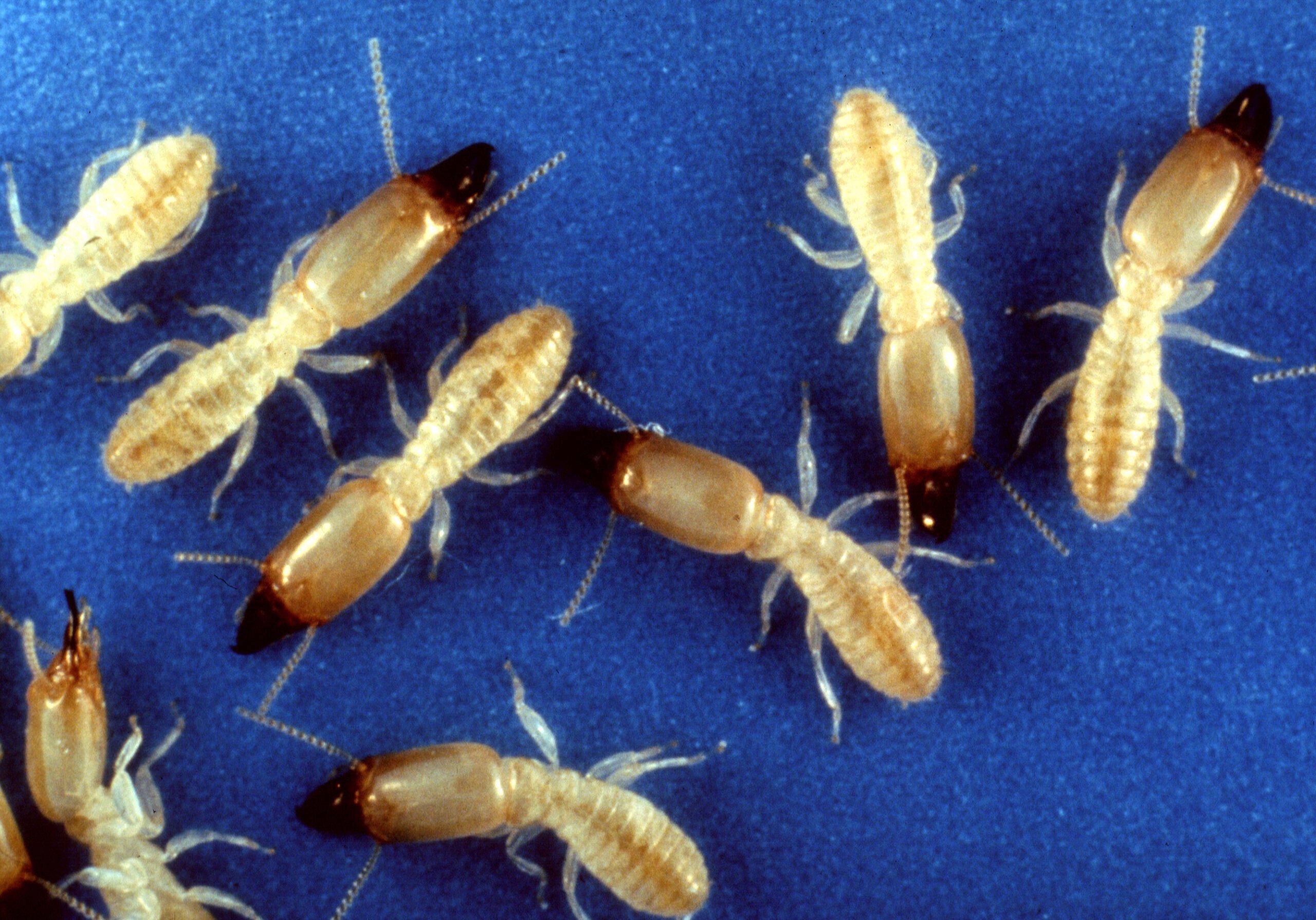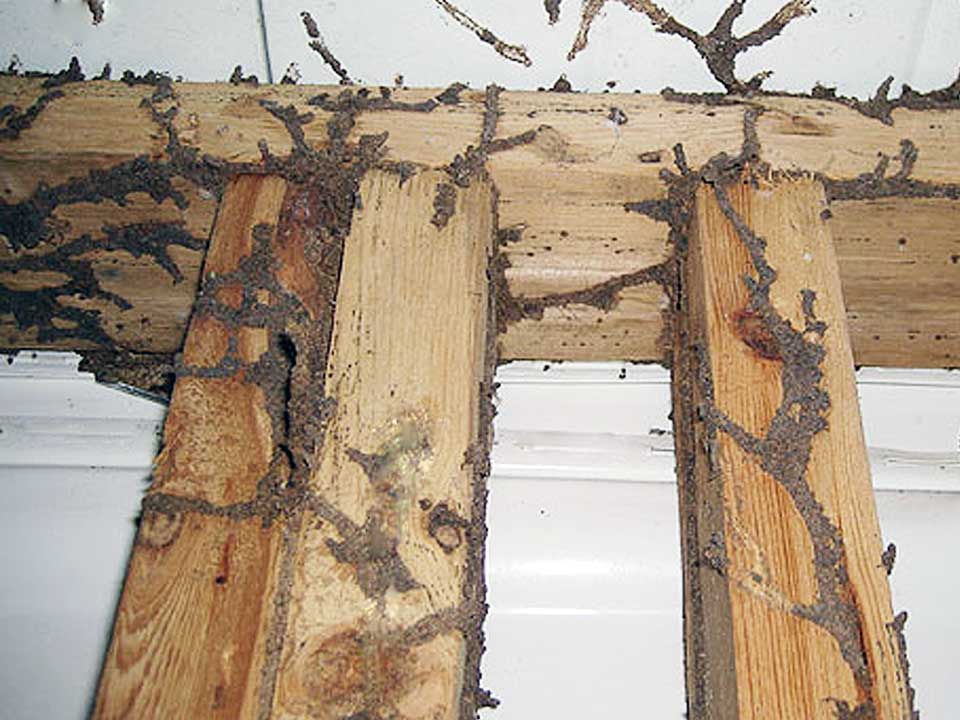Table Of Content

The most obvious sign of a termite infestation is, well, termites. If you see swarms of termites in particular emerging from your home, get a pro asap. This species of termites accomplishes a ton underground as the name suggests. “The nest and most of their colony activity is in the soil, often 6 to 20 feet below the surface,” Webb says. They thrive in the damp environment of the soil and will only enter homes only in search of food.
DIY Methods to Get Rid of Termites
Apply a mixture of nematodes, potting soil, and cold water to the infested areas of your lawn and garden. Direct chemicals, unlike barrier termiticides, can actually be used inside of your home itself. If you spot a termite and want to dispatch it immediately, this is the technique for you. Foaming insecticides like Termidor Foam should be applied directly into cracks, voids, and crevices that make for great termite hiding places.
Feds say he masterminded an epic California water heist. Some farmers say he’s their Robin Hood
By contrast, termites have straight antennae, undefined abdomens, and a set of four wings of equal size. There are quite a few other bugs that look like termites, so if the bug that is present doesn’t fit either of these descriptions it’s worth homeowners doing some additional research. There are liquid and foam pesticides you can apply around your home to kill termites. Liquids can be sprayed on soil, mulch, or wood chips, while foams are a good option for hard-to-reach cracks and crevices. There are also dust and powder products for even-harder-to-reach cracks.
Bait Station
On average, homeowners spend more than $8,000 to exterminate termites and repair the damage they’ve done. No matter where you live, there is a type of termite that can negatively affect your home. Some areas have higher populations of termites than others, so check to see if that’s an issue you need to be aware of when buying a home.
How To Get Rid Of Termites, According To An Expert - Southern Living
How To Get Rid Of Termites, According To An Expert.
Posted: Thu, 28 Mar 2024 07:00:00 GMT [source]

Sagging floors, bulging walls, bubbling paint, doors, and windows that won’t open and shut properly are just a few results of termite activity. In fact, if you don’t know what to look for, termites may infest your home undetected for months or even years. That means they may enter your home almost anywhere, whether from the dirt, a tree branch, the roof, wood or stumps on your property, your foundation, your deck or your porch. Keep in mind that termites can slip through cracks as small as 1/32 of an inch. Frass is the color of the wood and may look like sawdust or even coffee grounds.
Most soil treatments remain active for five to eight years under normal conditions. If you find tubes in ceilings or upper levels of your home, it can indicate that you have an aerial infestation. This is usually caused by water leaks and is excluded from a termite contract warranty. Above-ground infestations require finding and fixing the water leak. Most termite species live in tropical regions of the world, but others live in temperate areas. There are approximately 41 species of termites in the United States, most of which live in the southwest.

When termites perceive a threat, they bang their heads against wood to make a “click” sound. A gentle but persistent chorus of clicks during quiet moments in the household may mean termites are in the walls. To fuel their busy lives, termites get energy from cellulose, a carbohydrate found in all plants and wood. Termites cut into wood with pincer-like extensions near their mouths and break it down into material for building and nutrition. The movement of a single termite isn’t noticeable, but with hundreds of thousands of termites in a colony, small sounds add up. Termites use their saliva to glue these tunnels together for travel.
How Much Does Termite Treatment Cost in April 2024? - MarketWatch
How Much Does Termite Treatment Cost in April 2024?.
Posted: Wed, 10 Apr 2024 07:00:00 GMT [source]
To break your lease because of termites, you must provide your landlord with written notice of the infestation and give them a reasonable amount of time to fix the problem. If the landlord cannot address the issue within the stipulated timeframe it could be possible to end your lease and get out. Yes, you may be able to break a lease because of termites, depending on the laws in your state. In most states, if the termite infestation is severe enough to make your apartment uninhabitable, you can break your lease without penalty. Similar to the general practices in California, residents in Los Angeles should be vigilant about termite prevention.
These professionals have the right gear and equipment that aren’t sold at stores to diminish the problem quickly and effectively. The second option for treating termites when working with an exterminator is bait. The termite that finds the wood eats it, then takes the food back to its colony for the rest to feed on. Two common forms of treatment are conventional barrier treatments and termite baits.
One popular type of termiticide bait interrupts termites’ natural growth, killing them as they try to molt. Because of the toxin’s delayed action, the infected termites will bring the insecticide back to the colony and transmit it to other termites. These termites live in decaying wood with various moisture content.
Hi, I’m Kelvin Nielsen, an experienced landlord and accomplished real estate lawyer. My focus is on answering your questions about renting in the hopes of making your life as a renter or a landlord a bit easier. On the other hand, however, you may be liable if the infestation can be linked to your careless actions or behavior. The following are some steps you can take to keep your home termite-free. One option you may pursue is to report the landlord to the local health and building officials. They will issue the landlord with a citation and motive them to take action immediately.
If you notice them frequenting certain areas of your home, this should give you a good indication of the source of their interest in your home. One thing that differentiates flying termites from flying ants is their two pairs of wings that are equal in size. Ants, on the other hand, have front wings that are larger than their hind wings.
Whole-home treatment can sometimes cost up to $2,500, with tenting and fumigation running four times higher. But more simple applications can range from about $200 to $900. Before wood crumbles from termites’ inner handiwork, the network of tunnels they create and the way they rearrange wood particles can cause it to swell. If this wood is part of a structure that opens and closes (like a window), the warping can make it hard to move—especially if it’s been a while since it was last used.
The cost of termite treatment usually ranges between $220 to $875. We’ll take a look at average termite treatment costs, different ways your pest control expert might go about eradicating any termites you have, as well as how to keep them away for good. Subterranean termites, the most common type of termites in the U.S., need moisture to survive. Most household wood doesn’t have enough moisture for them to thrive, so they create mud tubes to allow moisture from underground into their workspace. Termite spot treatment involves drilling holes into the wood where termites nest, filling the holes with termiticide, and sealing the holes.
Sometimes the hollow spaces create cracks on the wood’s surface. All too often, though, damage remains hidden until it’s serious. At certain times of year, usually fall or spring, large groups of newly mature termites (known as “alates”) leave the nest to start new colonies. And that damage isn’t cheap to fix; collectively, U.S. homeowners spend about $5 billion on termite control and even more to repair the havoc these hungry insects wreak. Once you notice a termite infestation in your home, notify your landlord as soon as you can. Depending on the severity of the infestation, your landlord may need to relocate you temporarily and compensate you for some costs.

No comments:
Post a Comment